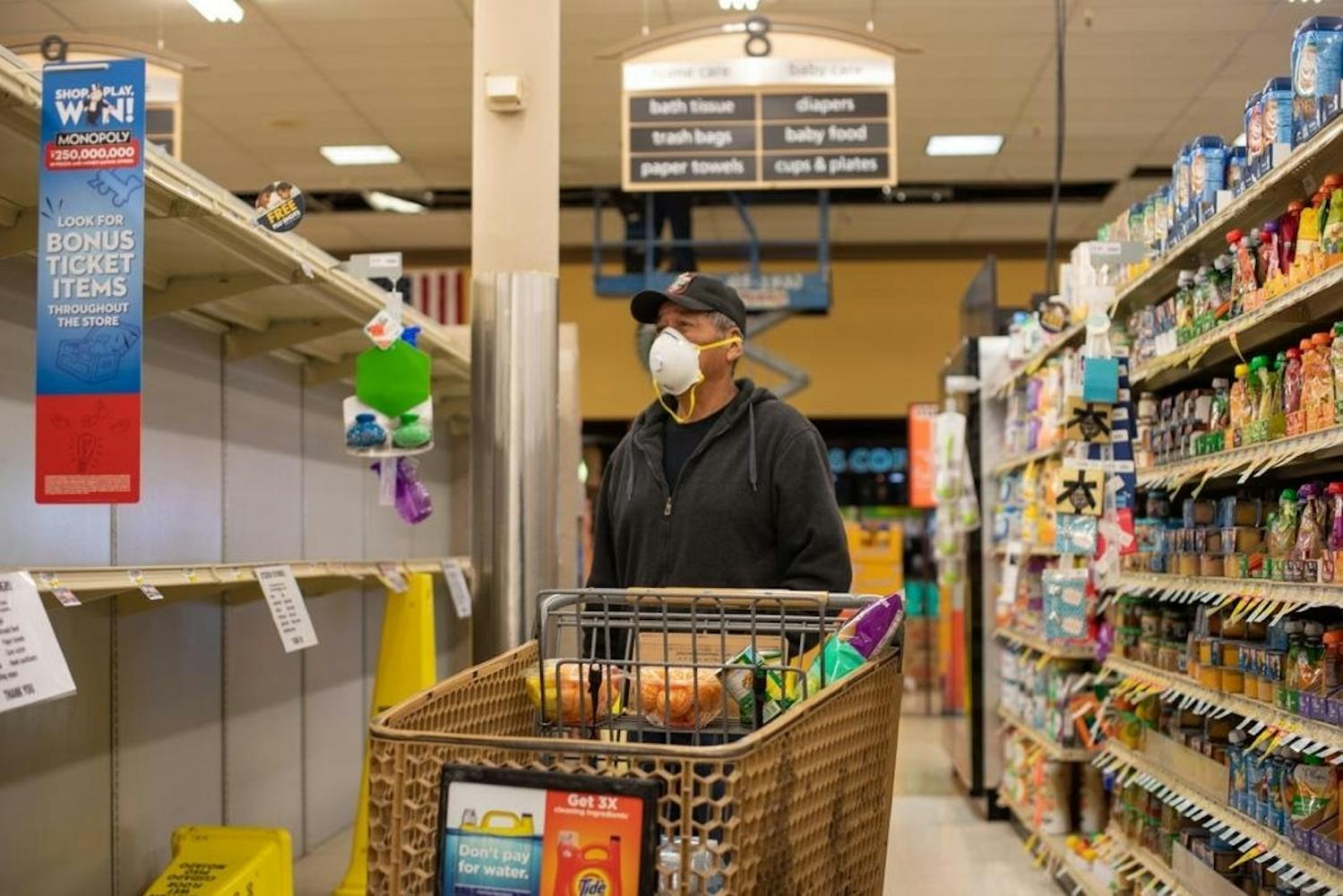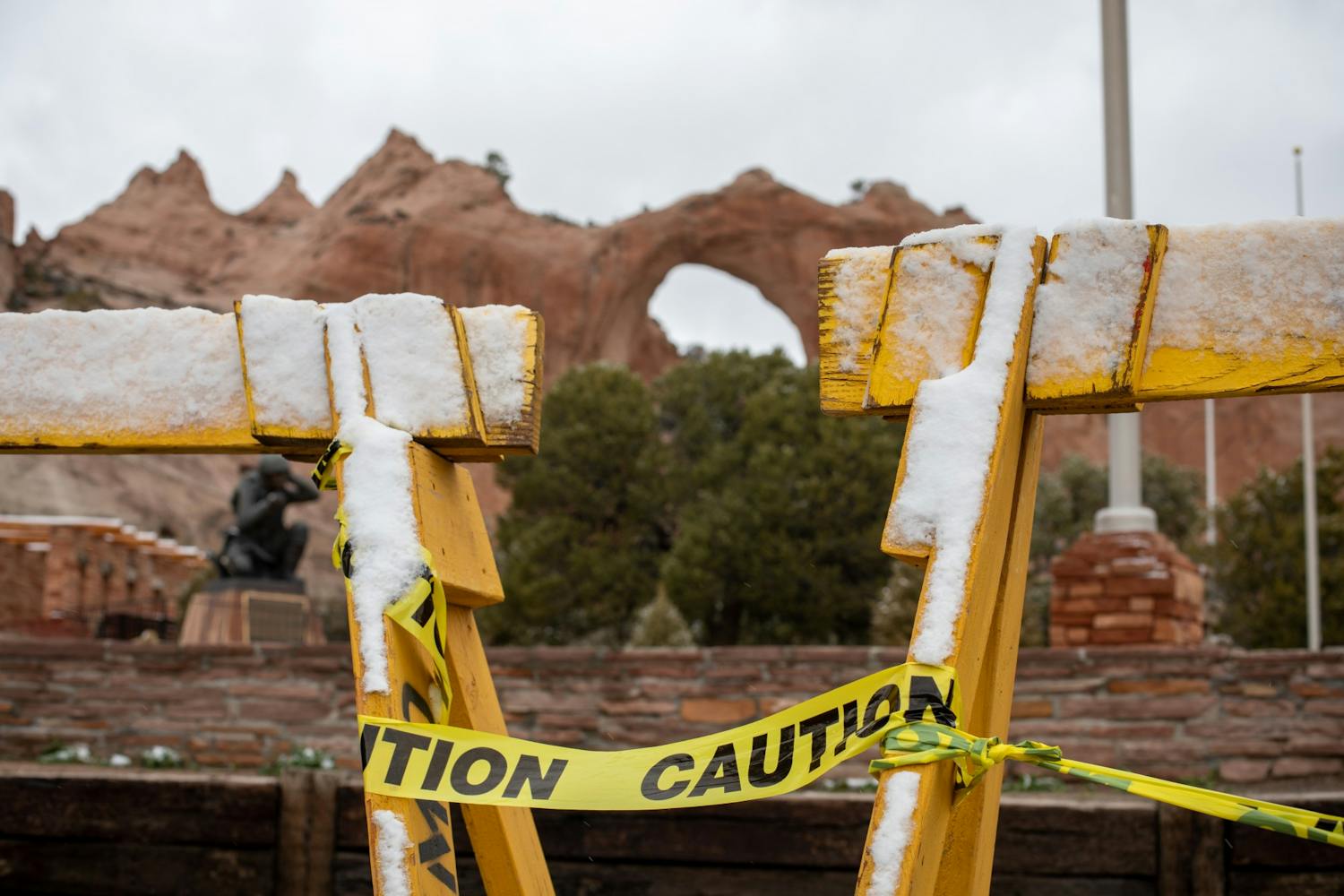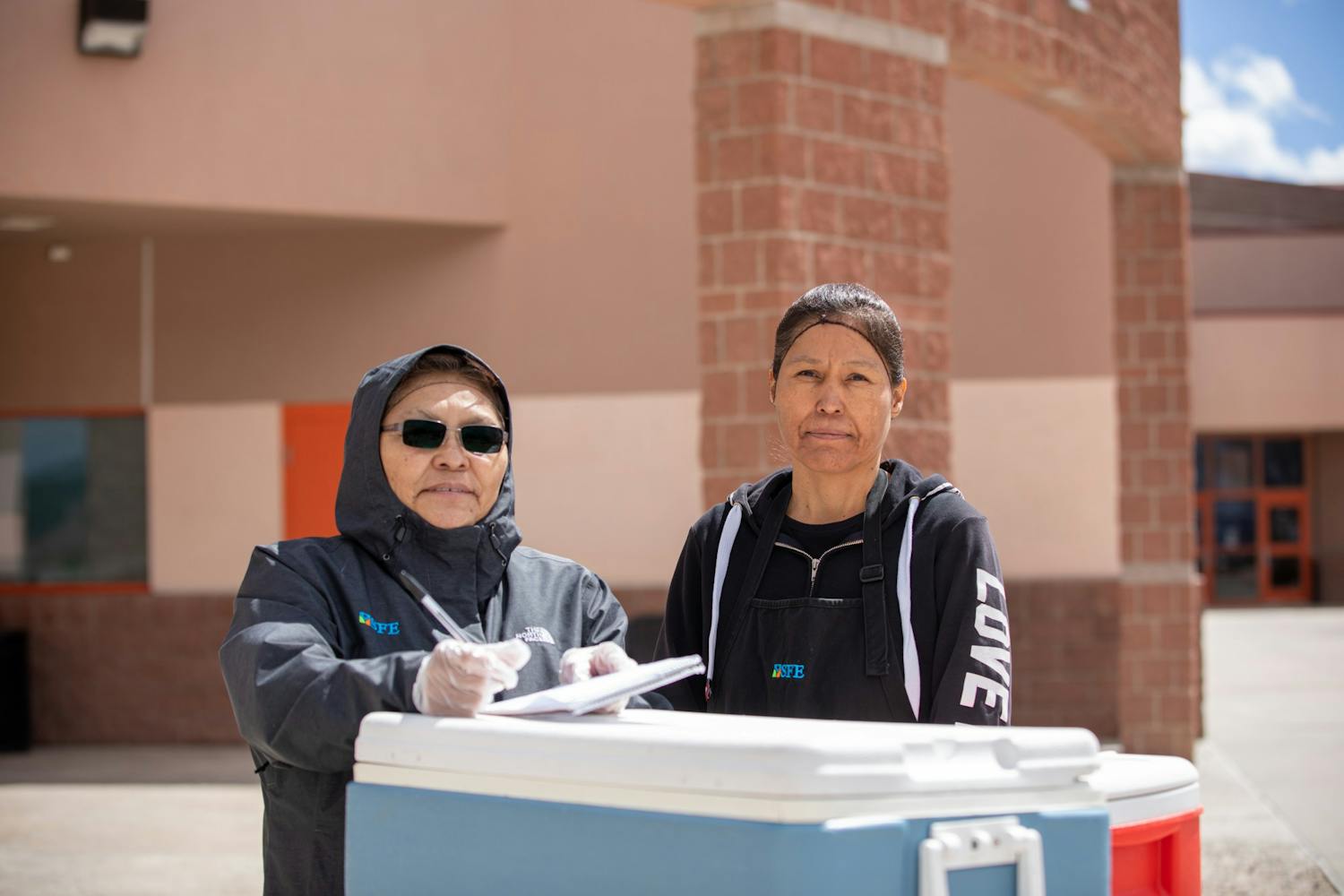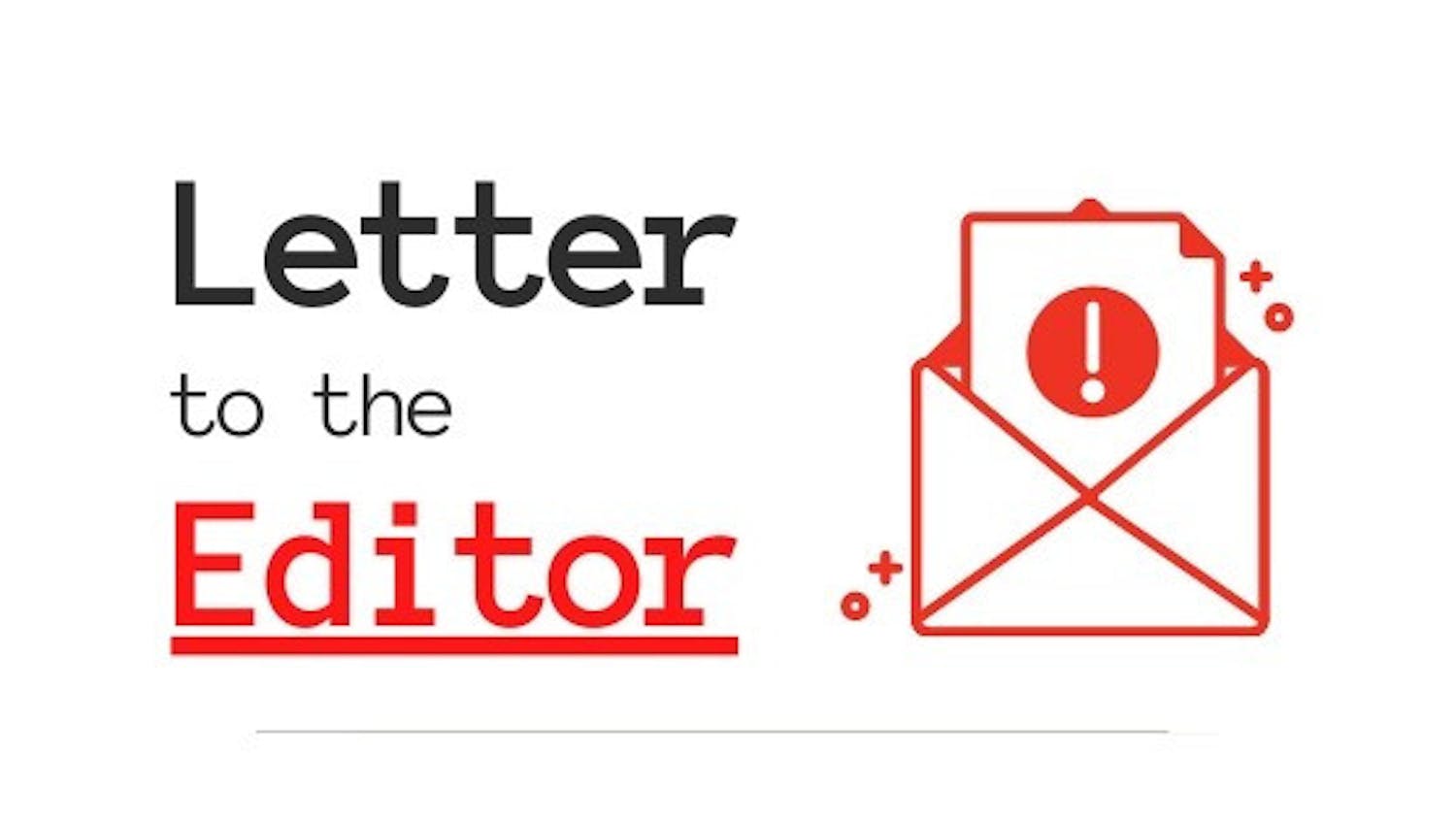GALLUP, N.M. — The Navajo Nation awoke to a blanket of snow on March 19 as the third case of COVID-19, known as Diko Ntsaaígíí-Náhást'éíts'áadah in the Navajo language, emerged on the Navajo homeland.
The three cases, a 40-year-old, 46-year-old and 62-year-old, shared one thing in common: they're all from the community of Chilchinbito, Arizona.
Just days before the cases arose, Navajo Nation President Jonathan Nez and Vice President Myron Lizer declared a public health state of emergency for the Navajo Nation due to the COVID-19 pandemic on Wednesday, March 11.
The Navajo Nation — which spans parts of Utah, Arizona and New Mexico — has an estimated population of 300,000, according to the Navajo Department of Health.
As of the publication of this article, there were 69 positive COVID-19 cases within the Navajo Nation.
Tuesday, March 17
The Navajo Nation's first COVID-19 case was reported on Tuesday, March 17 and involved a 46-year-old individual who had recent travel history, according to the Navajo Department of Health.
The individual was taken to a hospital in Phoenix after reporting their symptoms to the Kayenta Health Center.
To limit the spread of the new disease, officials throughout New Mexico and the Navajo Nation have ordered public spaces like schools, restaurants and casinos to close. All Navajo Tribal Parks, including Monument Valley, Lake Powell and Four Corners Monument, closed their gates to halt the spread of COVID-19 on March 14.
The board of directors of the Navajo Nation Gaming Enterprise announced on March 17 its operations — including Fire Rock, Flowing Water, Northern Edge and Twin Arrows casinos — would temporarily close to help halt the spread of COVID-19.
Navajo Gaming properties will continue extensive deep cleaning and sanitization of all areas of operations throughout the closure, according to a press release.
"I commend the Gaming Enterprise board members for their unanimous support to prioritize the health of our Navajo people, especially our respected elders, by temporarily closing gaming facilities," Nez said. "While we understand that there will be economic impacts, the well-being of our people should always be at the forefront of any issues."
Get content from The Daily Lobo delivered to your inbox
A million-dollar contribution to the Navajo Nation was also donated by the Navajo Agricultural Products Industry to help combat the spread of the coronavirus.
Wednesday, March 18
Local grocery stores, like Bashas' Diné Market, stepped up to help elders during the pandemic.
Bashas' Diné Market opened its doors from 6-7 a.m. to allow seniors 65 and older to purchase items on March 18 in Window Rock, Arizona. There are just 13 grocery stores across the entirety of the Navajo Nation, according to Partners in Health.
Bashas' Diné Market isn't the only one taking initiative during the pandemic.
Local schools are stepping up in being supportive of the community during the closure. Gallup-McKinley County schools opened their gates to provide the opportunity for families to pick up breakfast and lunch meals for their children on March 23.
"We're doing this pick-up and grab food for students ... We're here Monday through Friday, breakfast from 8:30-9:30 a.m. and lunch from 11:30 a.m. to 1:00 p.m.," Gallup High School employee Sandra Sleuth said.
Chief Manuelito Middle School, Gallup High School, Miyamura High School, Tohatchi Elementary School, Indian Hills Elementary School, Red Rock Elementary School and more are participating in the grab and go. Students must be present when picking up their meals.
Nez and Lizer also assembled a Navajo Nation COVID-19 Preparedness Team on Feb. 28. The Preparedness Team will monitor and plan preliminary efforts to address the disease.
The team is comprised of the Navajo Nation Office of the President and Vice President, Navajo Nation Department of Health, Navajo Nation Division of Public Safety, Navajo Nation Division of Social Services, Navajo Nation Department of Emergency Management, Navajo Nation Department of Diné Education, Navajo Nation Division of Community Development, U.S. Indian Health Service (IHS), U.S Bureau of Indian Affairs and U.S. Bureau of Indian Education.
Thursday, March 19
The Navajo Health Command Operations Center declared a public health emergency "Stay At Home" order requiring closure of the Chilchinbito community for quarantine and isolation.
The Regulatory Authority deemed the community of Chilchinbito, Arizona as a "Hot Spot" due to the presence of seven positive cases of COVID-19, according to a press release.
Friday, March 20
The Navajo Nation Health Command Operations Center issued a "Stay At Home" order demanding all residents to stay home and non-essential businesses to close as 11 new cases of COVID-19 surfaced on the Navajo Nation, bringing the total to 14 cases.
"Stay home, stay safe, save lives! That's the message we are sending out to the Navajo Nation to protect our communities from further spread of COVID-19," Lizer said in a press release.
Nez and Lizer approved a $4 million appropriation (Resolution CMA-06-20) directed to the Navajo Department of Health to halt the spread of the COVID-19 pandemic on the Navajo Nation. The appropriation will make it possible to deliver resources and equipment to health care experts and emergency response personnel on the ground and will pay for food and water supplies, equipment, public outreach and more.
Saturday, March 21
As Friday carried into Saturday, 12 more cases of COVID-19 emerged in the Navajo homeland, bringing the total number of COVID-19 cases on the Navajo Nation to 26.
They included 18 cases from the Kayenta Service Unit, four from the Chinle Service Unit, three from the Tuba City Service Unit and one from the Crownpoint Service Unit, according to a press release.
Over the weekend, first responders began distributing care packages consisting of coal, firewood, water and other essentials to residents of Chilchinbito.
Tuesday, March 24
Thirteen more cases emerged on the Navajo homeland by the start of the week, according to the Navajo Department of Health and Navajo Area IHS. Cases ranged from Navajo County and Apache County in Arizona to McKinley County in New Mexico.
By Tuesday night, the Navajo Department of Health and Navajo Area IHS confirmed ten more people tested positive for the disease, bringing the total to 49 cases.
"Now more than ever, our Navajo people need to come together and help, uplift and pray for one another, and that includes our Nation's leaders," Nez said. "The easiest way to fight the virus at this point is to stay home, to avoid a massive public health crisis on our Nation."
Wednesday, March 25
Twenty new cases arose in the Navajo Nation by Wednesday, upping the total to 69 positive cases.
On March 25, the New Mexico Department of Transportation (NMDOT) urged New Mexicans to not travel to Pueblo lands or reservations for outdoor activities.
The press release said that the influx of visitors poses "a potential threat to vulnerable communities impacted by limited health and safety resources."
"While state roads remain open, we ask the traveling public not to get out of their vehicles on Pueblo or reservation land," the NMDOT press release said. "At this time, Pueblos are closed to the public."
Congress and the White House agreed to a $2 trillion coronavirus spending bill that allocated $8 billion to help tribes combat the spread of COVID-19, according to a press release from the Navajo Nation sent Wednesday.
The Navajo Housing Authority also announced Wednesday that public rental and homeownership payments for April and May were waived due to the financial burdens imposed by COVID-19.
To receive COVID-19 updates from the Navajo Department of Emergency Management, text "NavajoNation" to 888777 or register online at www.nnalert.com.
Sharon Chischilly is a photographer and reporter at the Daily Lobo. She can be contacted at news@dailylobo.com or on Twitter @Schischillyy









